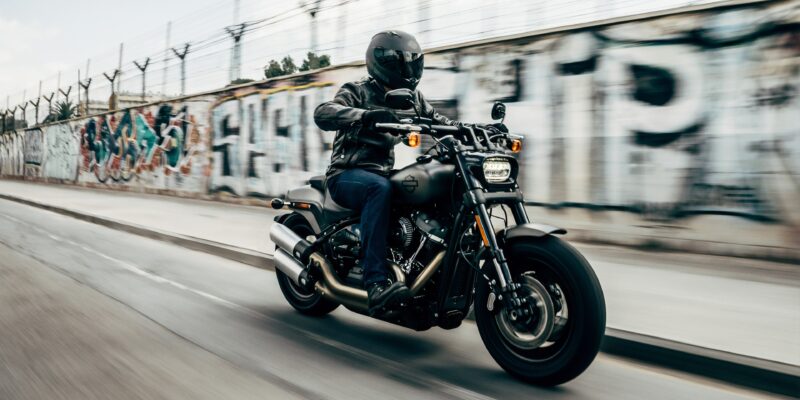There’s nothing quite like the thrill of hitting the open road on a motorcycle, and capturing that feeling in a photograph is just as exhilarating. But how do you take your motorcycle photography to the next level? In this article, we’ll explore 5 different compositional techniques you can use to make your motorcycle photos stand out, and give you tips on how to practice them.
- Rule of Thirds
The Rule of Thirds is a classic composition technique that involves dividing your frame into thirds both horizontally and vertically, and placing your subject at one of the intersections. This creates a sense of balance and visual interest in your photo. To practice this technique, take a photo of your motorcycle parked on a road or in a scenic location, and position it at one of the intersections of the grid.
- Leading Lines
Leading lines are a powerful tool for drawing the viewer’s eye into your photo. In motorcycle photography, you can use the lines of the road, the curve of a bike’s frame, or even the shadows cast by the bike to create leading lines. To practice this technique, find a stretch of road with interesting curves and lines, and position your bike so that the lines lead towards it.
- Reflections
Reflections can add a sense of depth and complexity to your motorcycle photos. You can capture reflections in water, mirrors, or even the chrome of your bike. To practice this technique, find a reflective surface and experiment with different angles and lighting to capture interesting reflections of your bike.
- Symmetry
Symmetry is a powerful compositional tool that creates a sense of balance and harmony in your photos. You can use the symmetry of your bike’s design, or the symmetry of a location or landscape, to create visually striking photos. To practice this technique, find a location with symmetrical elements, and position your bike in the center of the frame.
- Motion Blur
Motion blur can add a sense of speed and movement to your motorcycle photos. You can capture motion blur by using a slow shutter speed and panning your camera as the bike moves past you. To practice this technique, find a safe location to photograph a moving motorcycle, and experiment with different shutter speeds and panning techniques to capture the perfect amount of motion blur.
So there you have it – 5 different compositional techniques you can use to take your motorcycle photography to the next level. Try practicing these techniques the next time you hit the road, and see how you can create truly stunning photos of your motorcycle in action. Happy shooting!



